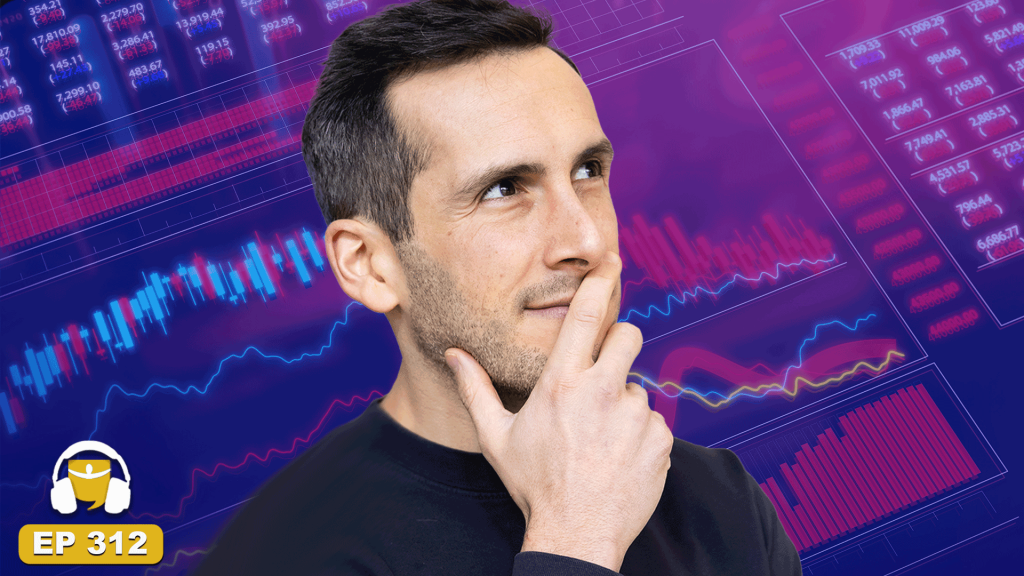Title: Inflation Concerns Reach Heights Not Seen Since the 1980s
Introduction
As global economies grapple with turbulence induced by recent pandemics, supply chain disruptions, and geopolitical tensions, inflation concerns have surged to levels reminiscent of the economic landscape of the 1980s. Central banks worldwide are facing remarkable challenges as they strive to balance growth and price stability. With inflation climbing to heights unseen in decades, policymakers, businesses, and consumers are navigating uncertain economic terrain.
Current Inflation Trends
Recently, inflation rates have spiked across various continents, raising alarms in both developed and developing economies. In the United States, inflation has reached levels unseen for over 40 years, with the Consumer Price Index (CPI) seeing significant year-over-year increases. Similarly, the Eurozone and other major economies are witnessing sharp price hikes in energy, food, and essential consumer goods.
Several factors are driving this resurgence of inflation. The COVID-19 pandemic has left a lasting impact on global supply chains, causing delays and raising transportation costs. As economies reopened and consumer demand surged, supply chains struggled to keep pace, leading to bottlenecks and price hikes. Additionally, ongoing geopolitical tensions have escalated concerns about energy supply security, further exacerbating inflationary pressures.
Comparisons to the 1980s
The inflationary environment of the 1980s serves as a sobering reference point for today’s policymakers. Back then, economies were besieged by a toxic blend of high energy prices, fiscal indiscipline, and loose monetary policies, culminating in hyperinflation in some countries. In response, central banks, notably the Federal Reserve under Chairman Paul Volcker, implemented stringent measures, raising interest rates to unprecedented levels to curb inflation.
Today, the situation, while different in its specifics, demands similar vigilance. Although the nature of inflationary pressures has evolved, the core challenge remains: preventing temporary price increases from becoming entrenched and destabilizing long-term economic growth.
Implications for Policy and Economy
Central banks, including the Federal Reserve, the European Central Bank, and others, face the delicate task of addressing inflation without stifling economic recovery. Policymakers are increasingly considering interest rate hikes and tapering quantitative easing programs as tools to rein in inflation. However, they must tread carefully to avoid triggering economic contraction or financial market turmoil.
For businesses, persistent inflation has material consequences. Rising costs of goods and services can squeeze profit margins, compel price adjustments, and necessitate strategic pivots. Companies are grappling with challenges in workforce management, procurement, and pricing strategies to navigate this volatile environment.
Consumers, too, feel the strain of inflation on household budgets. As prices rise, purchasing power diminishes, leading to a realignment of spending priorities. Essential commodities such as food, housing, and energy comprise a larger share of household expenses, potentially curbing discretionary spending.
Conclusion
The ongoing inflationary surge underscores the complexity of navigating the post-pandemic economic landscape. While direct parallels to the 1980s provide valuable lessons, today’s globalized economy presents unique challenges that demand innovative and coordinated responses from policymakers worldwide. Vigilance, adaptability, and thoughtful policy interventions will be crucial in ensuring that the specter of runaway inflation does not derail economic recovery and long-term stability.
As the global economy embarks on a path fraught with uncertainty, stakeholders must remain vigilant, informed, and ready to adapt to a rapidly evolving economic landscape. Whether through monetary policy adjustments, fiscal measures, or strategic business initiatives, the collective response to inflationary pressures will shape the economic narrative of the coming decade.

